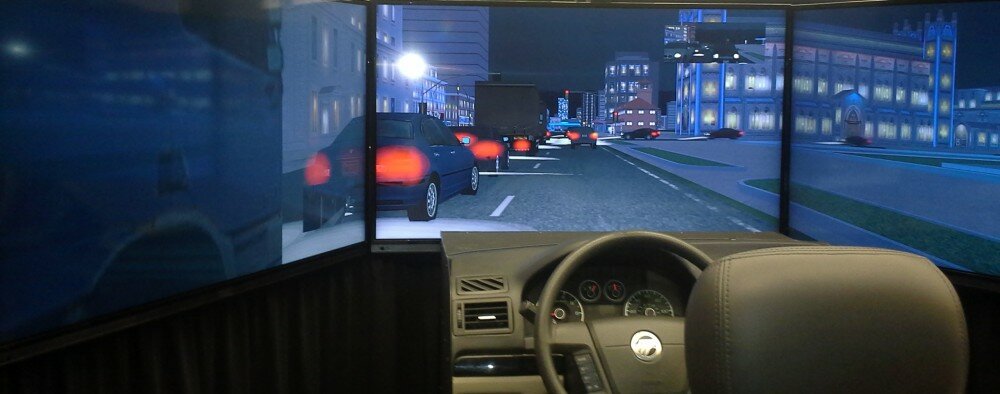Drs. Kang and Schonfeld published a scholarly book, entitled “Artificial Intelligence in Highway Location and Alignment Optimization: Applications of Genetic Algorithms in Searching, Evaluating, and Optimizing Highway Location and Alignments”, World Scientific Publishing, https://doi.org/10.1142/11059, This book will be available soon at major bookstores at Amazon, Barns & Noble, etc.
This book provides a comprehensive overview of methods for searching, evaluating, and optimizing highway location and alignments using genetic algorithms (GAs), a powerful Artificial Intelligence (AI) technique. It presents a two-level programming structure to deal with the effects of varying highway location on traffic level changes in surrounding road networks within the highway location search and alignment optimization process….. Interest people may want to click the links above to learn about the book.
